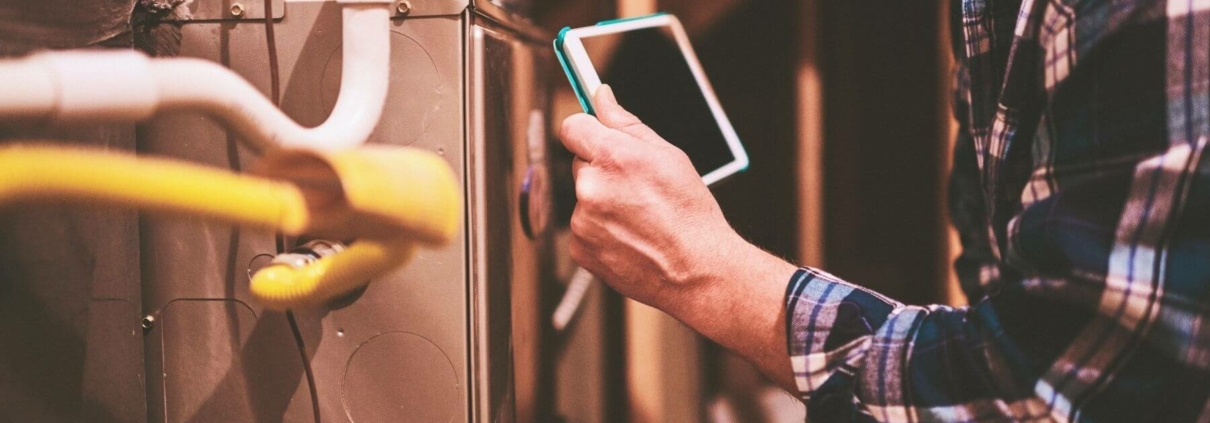What does a pest inspection consist of?
The Standard
Pest inspections are guided by Australian Standard 4349.3-2010 Inspection of buildings Part 3: Timber Pest Inspections.
This standard covers the inspection for timber pest that damage timber including subterranean termites, wood-boring insects, and fungal decay (rot).
Drywood termites and mould are not required to be reported on under this standard.
The Inspection
The inspector will undertake a visual and ‘limited invasive’ inspection of the property. Your inspector will use sounding tools, moisture meters, radar technology and thermal monitoring to make an assessment on 4 key areas –
- The evidence of presence of timber pests
- The evidence of damage caused by timber pests
- Elements of the building susceptible to timber pests
- Recommendations for further investigations
A Venatic report will provide a clear explanation of what the inspector looked for in terms of fungal decay, wood-boring insects and subterranean termites. Your report will also provide detailed explanations of the characteristics of the specific timber pests found (if any) and their impact on the home.
Your inspector will also investigate and report on any damage caused by timber pests including –
- Decaying timbers (shrunken timbers, stringy and cubical rot)
- Termite damaged timbers (misshapen or collapsed timbers)
- Borer damaged timbers (holes and portions of timber missing).
Throughout the inspection, your inspector will note conditions which may make the home more conducive to timber pest attack. This includes (but not limited to) –
- Heightened levels of moisture in building elements
- Inadequate drainage around the home
- Inadequate ventilation
- Plumbing leaks
- Untreated timber landscaping materials.
After your inspection
After the inspection, your inspector will make an assessment on the home’s overall susceptibility to timber pests. Based on this assessment, your inspector will also provide a recommendation for further inspections. AS 3600.2 recommends a routine inspection at least annually for the purposes of termite management, however, your inspector may deem more regular inspections are necessary based on a high level of susceptibility to timber pest attack. You inspector may also recommend a more invasive inspection to determine the extent of damage or suspected infestation.




